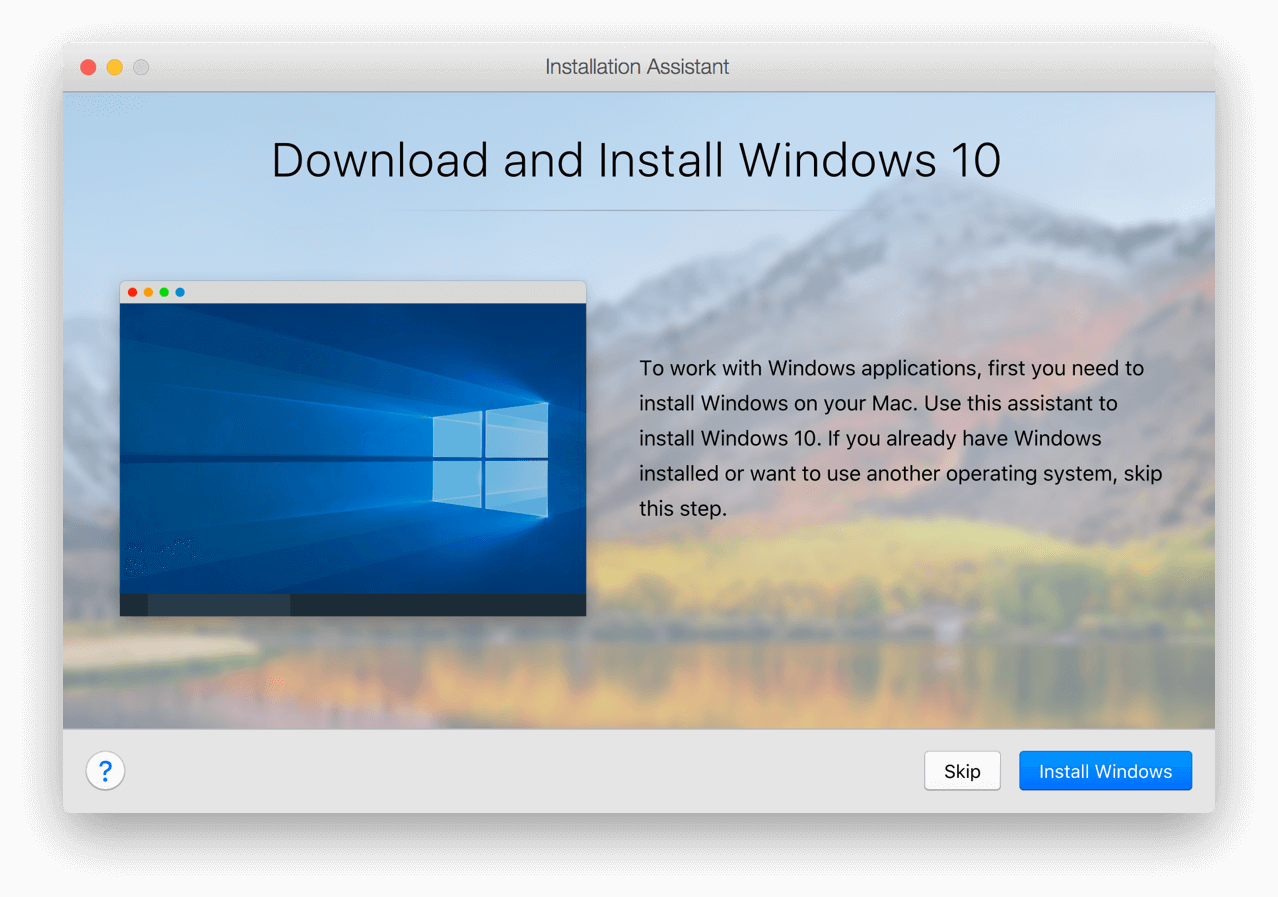
- PARALLELS DESKTOP FOR MAC WINDOWS 10 FOR FREE
- PARALLELS DESKTOP FOR MAC WINDOWS 10 HOW TO
- PARALLELS DESKTOP FOR MAC WINDOWS 10 INSTALL
- PARALLELS DESKTOP FOR MAC WINDOWS 10 FULL
That means, with Parallels, you are restricted to running your virtual machines on a Mac. Unlike with VMware Fusion, you can’t download a version of Parallels Desktop that lets you run emulated systems on Windows or Linux platforms. However, at the time of my testing, this special version didn’t support any of the tight host-guest integration features that Parallels offers to those running macOS guest systems on Intel machines. Those who have installed the Monterey beta (or, presumably, the release version when it arrives this fall), can even run a special version of it virtually.
PARALLELS DESKTOP FOR MAC WINDOWS 10 INSTALL
You can also run ARM-based versions of Linux-Parallels has a menu that lets you download and install ARM-based Debian, Fedora, Kali Linux, or Ubuntu. On an M1 Mac, Parallels lets you run the freely available and ARM-based developer beta versions of Windows 10 or Windows 11. What Platforms Does Parallels Desktop Support?
PARALLELS DESKTOP FOR MAC WINDOWS 10 HOW TO
Check out our article on how to run Windows apps on your Mac for additional free options. If price is what matters most, you can use the free VirtualBox or UTM solutions, but I think you’re better off spending money for VMware or Parallels rather than struggling with the free apps. Notably, VMware offers a free version that lets you run existing emulated systems, but not create new ones.


Upgrades to the latest version of the Player edition for current users cost $79, while upgrades for Pro users to the latest Pro version cost $99. It charges $149 for the standard Player edition and $199 for the Pro version. VMware Fusion is pricier than Parallels Desktop. A Business version, priced identically to the Pro version and with the same support for RAM and CPUs, offers centralized management and a single volume license for multiple machines. If you’re using graphic- or math-intensive Windows software, you’ll need the Pro version. The Standard version supports virtual machines with 8GB of RAM and four virtual CPUs the Pro version upgrades those specs to 128GB of RAM and 32 CPUs. (Opens in a new window) Read Our Oracle VM VirtualBox for Mac Review The Pro edition costs $99.99 per year and you can try it free for 14 days.
PARALLELS DESKTOP FOR MAC WINDOWS 10 FOR FREE
The subscription version includes any upgrades to new versions of the software during the payment period, while anyone who buys a permanent license version is not eligible for free version updates. Students can get the Standard edition for $39.99 per year. The Standard edition, which is intended for home users, costs either a one-time fee of $99.99 or $79.99 per year. Parallels Desktop offers both Standard and Pro editions of its software. The experimental UTM app, based on the open-source QEMU emulation software, is unreliable and lacks all of Parallel Desktop's built-in conveniences. Freeware VirtualBox won’t run on an M1 Mac either and is too unstable for regular use. Parallels Desktop is slightly less stable and enterprise-friendly than Parallels, but that app performs more slowly and doesn’t yet officially support Apple Silicon hardware. It wins our Editors’ Choice award for virtualization software. Parallels is fast, features tight integrations between host and guest machines, and gets frequent updates that keep it compatible with the latest Windows and macOS systems. It’s also currently the only practical choice for running Windows on Apple Silicon machines.
PARALLELS DESKTOP FOR MAC WINDOWS 10 FULL
If you want to run a full Windows system on an Intel Mac, Parallels Desktop is the best choice for individual and small-business users.




 0 kommentar(er)
0 kommentar(er)
